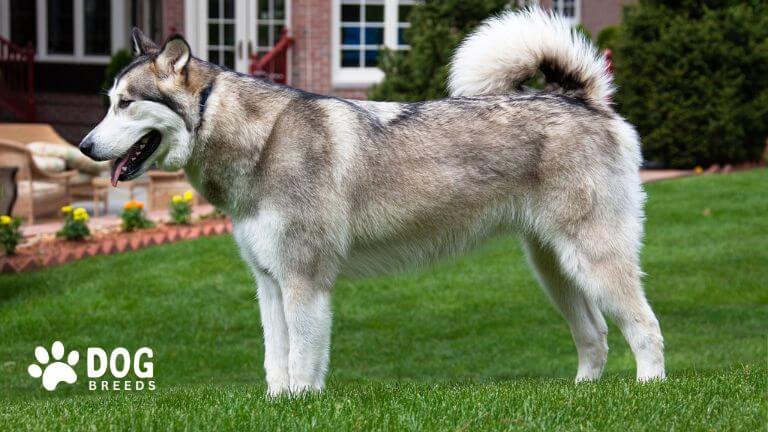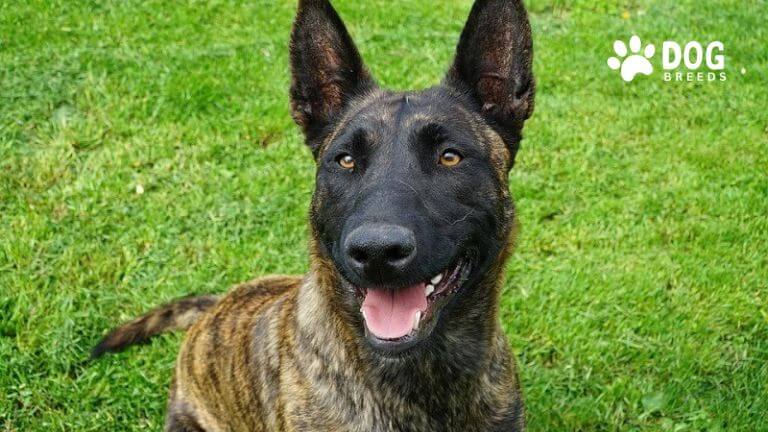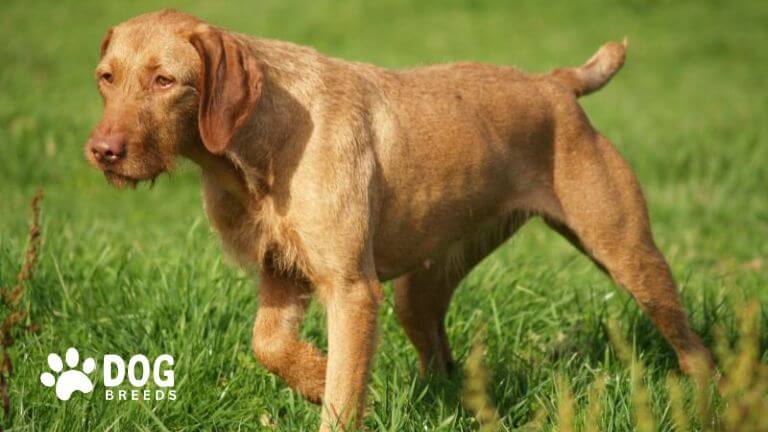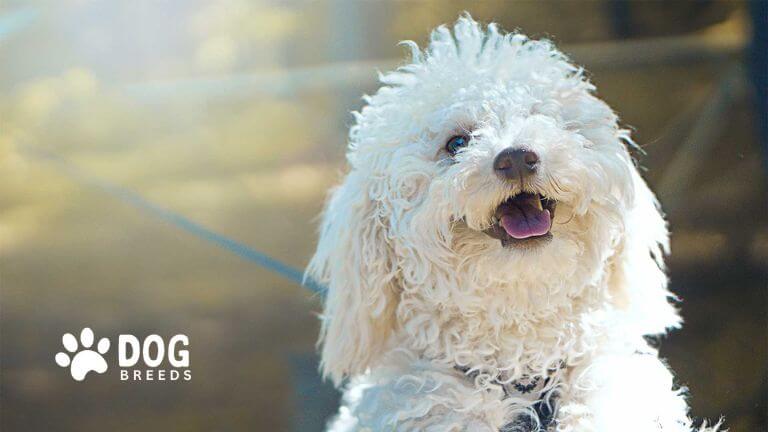Doberman Pinscher Dog Breed: Traits, Care, and History
The Doberman Pinscher, commonly known as the Doberman, is a powerful and intelligent breed that originated in Germany. Bred primarily for protection and companionship, the Doberman is popular for its loyal nature and keen guarding instincts. The breed has earned its reputation as a fearless protector and an affectionate family companion, making it a popular choice among dog lovers worldwide.

Physical Traits of Doberman Pinschers
The Doberman Pinscher is a medium to large-sized dog known for its sleek and muscular build. The breed typically stands between 24 to 28 inches at the shoulder and weighs 60 to 100 pounds. Dobermans have a short, smooth coat that comes in various colors including black, blue, red, and fawn, often accompanied by rust-colored markings on the chest, paws, and face. Their almond-shaped eyes and erect ears give them a sharp, alert expression.
Dobermans are known for their athleticism, and their physical traits reflect their ability to move swiftly and with purpose. Their tails are often docked for a distinct appearance, although docking practices are becoming less common in some regions.
Doberman Pinscher Dog Breed Overview
| Category | Details |
| Origin | Germany |
| Purpose | Originally bred as a guard dog and companion |
| Size | Medium to large |
| Weight | Males: 75-100 lbs (34-45 kg) Females: 60-90 lbs (27-41 kg) |
| Height | Males: 26-28 inches (66-71 cm) Females: 24-26 inches (61-66 cm) |
| Coat Type | Short, smooth, and close-fitting |
| Colors | Black, red, blue, or fawn, often with rust-colored markings on the face, chest, and legs |
| Lifespan | 10-13 years |
| Temperament | Intelligent, loyal, alert, fearless, and protective |
| Energy Level | High; requires daily physical and mental exercise |
| Trainability | Highly trainable; thrives with consistent, firm, and positive reinforcement |
| Best Environment | Best suited for active families or individuals; requires ample space and secure fencing |
| Grooming Needs | Low; occasional brushing and bathing are sufficient |
| Health Concerns | Dilated cardiomyopathy, hip dysplasia, von Willebrand’s disease, hypothyroidism |
| Special Considerations | Needs early socialization to prevent overprotective or fearful behaviors; excels in canine sports |
| Good With Children | Generally good with older children, but supervision is recommended with younger kids due to energy |
| Popularity | Highly regarded as both a family companion and working dog |
Temperament and Personality
Dobermans are renowned for their intelligence, loyalty, and protectiveness. They are naturally alert, making them excellent guard dogs, but they are also gentle and affectionate with their families. The breed is known to form strong bonds with its owners, displaying a deep sense of loyalty and devotion.
Despite their protective nature, Dobermans can be very social with proper training and early socialization. They are often described as confident and fearless but are also playful and friendly when in a comfortable environment. These dogs thrive on human interaction and do not like to be left alone for long periods.
History of Doberman Pinschers

The Doberman Pinscher was developed in the late 19th century by Louis Dobermann, a German tax collector who needed a reliable guard dog for protection. He crossed several breeds, including the Rottweiler, Greyhound, and German Pinscher, to create a strong, intelligent, and loyal breed with guarding capabilities.
Originally used as working dogs, Dobermans served in the military and police forces, excelling in roles that required discipline and intelligence. Over time, the breed’s versatility made it a popular choice not only for protection but also as a family companion.
Care Requirements
Grooming
The Doberman has a short, sleek coat that requires minimal grooming. Regular brushing will help remove loose hair and keep the coat looking shiny and healthy. This breed is a moderate shedder, so weekly grooming is usually sufficient. Bathing should be done as needed, depending on activity levels and exposure to dirt.
Exercise
Dobermans are highly active dogs that require plenty of physical and mental exercise. A daily exercise routine that includes long walks runs, or playtime is essential to keep them happy and prevent boredom. Engaging them in agility training or other activities that challenge their intelligence can help meet their mental stimulation needs.
Training
Due to their intelligence and eagerness to please, Dobermans respond well to positive reinforcement training methods. Early socialization and consistent training are key to ensuring a well-behaved Doberman. This breed excels in obedience training and can perform well in various dog sports, including agility and tracking.
Health
Dobermans are generally healthy, but they are prone to certain genetic conditions. Some common health concerns include:
- Dilated cardiomyopathy (DCM): A heart condition that is common in Dobermans.
- Hip dysplasia: A genetic condition affecting the hip joint.
- Von Willebrand’s disease: A blood clotting disorder.
- Hypothyroidism: A condition where the thyroid gland does not produce enough hormones.
Regular vet check-ups, a balanced diet, and maintaining a healthy weight can help reduce the risk of these conditions. It is also important to choose a breeder who tests for these health issues.
Family Compatibility and Role as a Guard Dog
Dobermans are excellent family companions when properly trained and socialized. They are protective of their families, especially children, and can be very gentle and affectionate. However, due to their high energy levels and size, they may not be the best choice for households with very young children unless closely supervised.
Their strong protective instincts make them ideal guard dogs, but they are also affectionate and loyal, often forming strong emotional bonds with their owners. With the right training, they can distinguish between real threats and non-threatening situations, making them trustworthy protectors.
Interesting Facts
- The Doberman Pinscher was named after its creator, Louis Dobermann, and is one of the few breeds named after an individual.
- Dobermans are often used in law enforcement and search-and-rescue missions due to their intelligence and versatility.
- They are known for their loyalty and are sometimes called “velcro dogs” because they tend to stay close to their owners.
Conclusion
The Doberman Pinscher is a versatile breed that combines strength, intelligence, and loyalty. Whether as a family companion or a guard dog, this breed is known for its devotion and protective nature. With proper care, training, and love, the Doberman can thrive in both home and working environments. For those looking for a protective, loyal, and intelligent companion, the Doberman Pinscher is an excellent choice.
There are plenty of dog breeds to suit all kinds of lifestyles and homes. With a little research, you can find your next best friend!
FAQs About the Doberman Pinscher Dog Breed
Is a Doberman a good family dog?
Yes, Dobermans can be excellent family dogs when properly trained and socialized. They are loyal and protective and often form strong bonds with family members, especially children. Their gentle yet watchful nature makes them suitable for families, but they thrive best in homes where they receive ample attention, training, and exercise. Due to their protective instincts, they can be cautious around strangers, but early socialization helps them become more adaptable.
Why is Doberman so special?
Dobermans are known for their unique combination of intelligence, loyalty, and physical prowess. Bred initially as guard dogs, they have an innate protective nature. They are highly trainable, making them exceptional working dogs in roles such as police, military, and search-and-rescue operations. Their sleek, athletic build and sharp instincts give them a distinct edge in terms of agility and responsiveness, setting them apart from other breeds.
Are Doberman Pinschers friendly dogs?
Yes, Dobermans are friendly when raised in a loving environment and properly trained. While they have a reputation for being protective, they are often affectionate and gentle with their families. Early socialization is essential to ensure they interact well with people and other pets. Their friendliness can vary depending on their upbringing and exposure to social situations during puppyhood.
What are Dobermans’ behavior problems?
Dobermans are generally well-behaved but can develop behavioral issues if not properly trained or stimulated. Some common issues include:
- Separation anxiety: Dobermans form strong attachments and may become anxious when left alone for long periods.
- Aggression: Without proper training and socialization, they may exhibit aggression toward strangers or other dogs.
- Excessive barking: This can result from boredom or alertness to unfamiliar stimuli.
What are the disadvantages of a Doberman?
Dobermans require significant time and effort in terms of training, exercise, and mental stimulation. Some potential disadvantages include:
- High energy needs: They need regular, intense exercise to stay healthy and happy.
- Health issues: Dobermans are prone to conditions like cardiomyopathy, hip dysplasia, and hypothyroidism.
- Strong-willed: Their intelligence and assertive nature mean they need an experienced owner who can provide consistent training.
What is the best family dog?
While the “best” family dog depends on the household, popular breeds known for being family-friendly include Golden Retrievers, Labrador Retrievers, and Beagles. These breeds are typically known for their gentle demeanor, trainability, and adaptability to family life.
What is the weakness of a Doberman?
Dobermans are prone to certain health issues, including dilated cardiomyopathy (DCM), a heart condition that affects their ability to pump blood effectively. They are also susceptible to hip dysplasia, a joint issue that can lead to arthritis and mobility problems. Additionally, their high energy levels and a strong need for mental stimulation can be a challenge for owners who cannot meet these needs.
Why is Doberman expensive?
Dobermans can be expensive due to the careful breeding practices required to maintain their health and temperament. Reputable breeders often test for genetic conditions like cardiomyopathy and hip dysplasia, which can add to the cost. The demand for trained Dobermans as guard dogs or working dogs also contributes to their higher price.
Which Doberman is better, male or female?
The choice between a male or female Doberman depends on individual preferences and lifestyle. Males are typically larger and can be more territorial, while females are often slightly more independent and easier to train. Both genders make excellent pets, but it’s essential to consider personality, energy levels, and compatibility with other pets.
Are Dobermans OK alone?
Dobermans do not do well when left alone for extended periods. They are social dogs that thrive on human interaction and may develop separation anxiety if isolated too often. If you have to leave them alone, it’s important to provide them with mental stimulation and toys to prevent boredom-related behavior problems like excessive barking or chewing.
What is the age of Doberman aggression?
Dobermans may start showing signs of territorial aggression as early as 1 to 3 years of age, coinciding with their physical and emotional maturity. Proper training and socialization from a young age can help mitigate aggressive tendencies.
How do you identify a Doberman puppy?
A Doberman puppy typically has a sleek, muscular build with a short, smooth coat. Their coat colors can include black, red, blue, or fawn, usually with rust markings. Puppies have a square build and may have floppy ears (which are sometimes cropped in adulthood) and a long tail unless docked. Look for a confident, curious temperament when choosing a healthy Doberman puppy.
Related Dog Breeds:
- Why Are Dalmatians Not Popular? Uncovering the Truth Behind the Rarity of This Iconic Breed - April 16, 2025
- Top 15 Chinese Dog Breeds: Discover the Best Dogs from China - April 14, 2025
- Dalmatian Dog Breed: History, Care, Personality & Health - April 3, 2025







